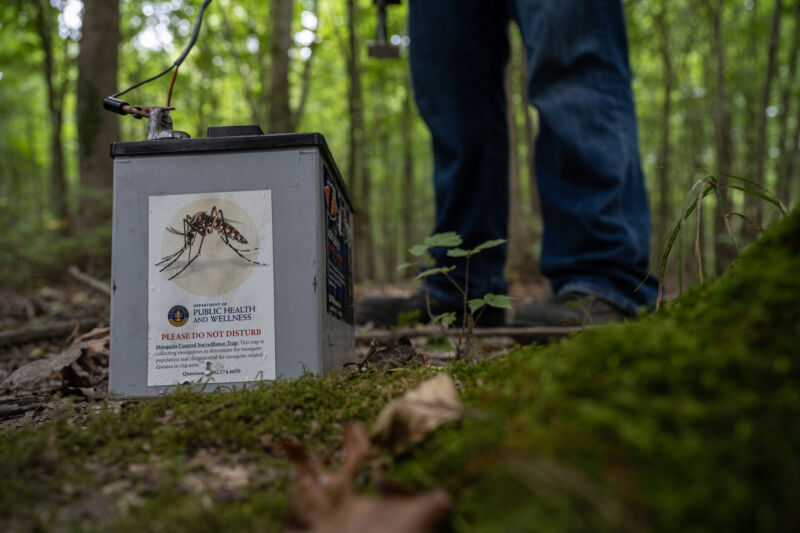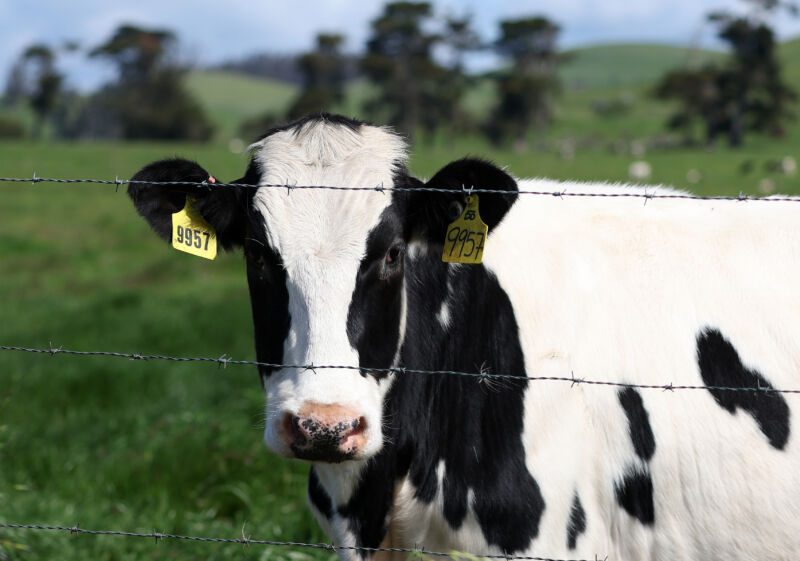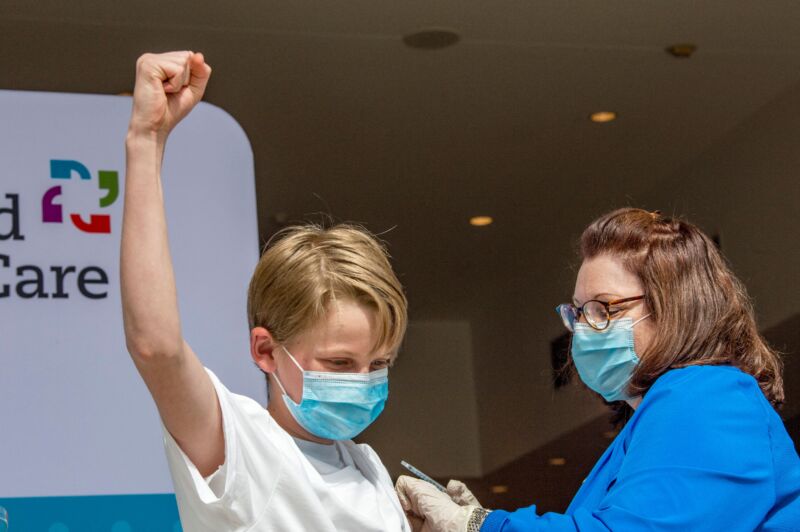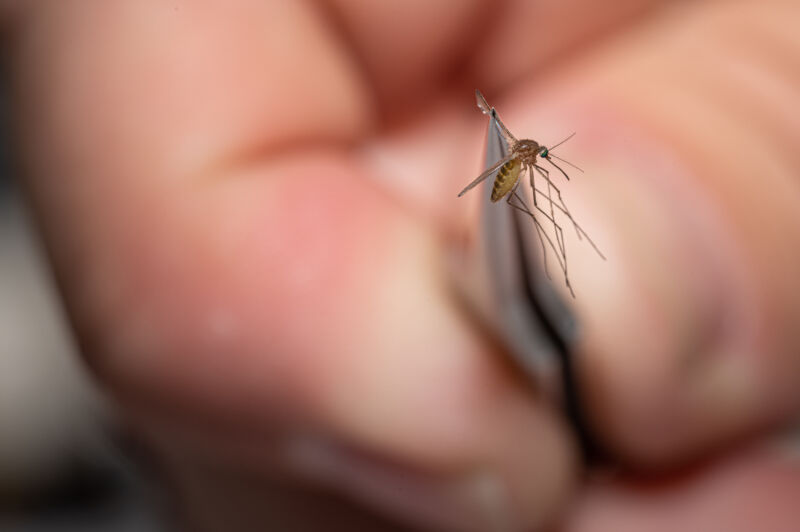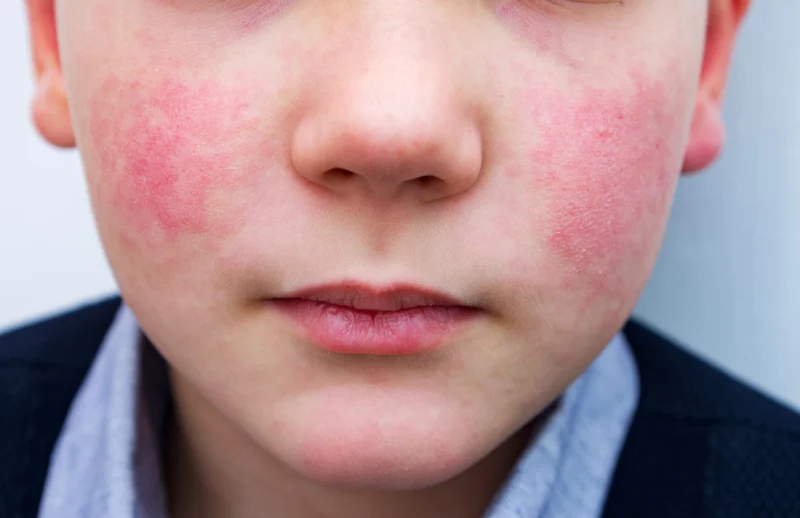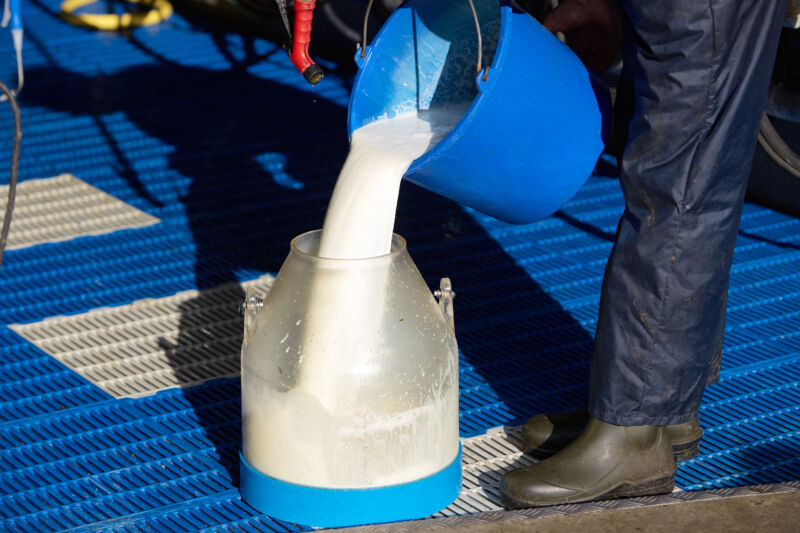How Donald Trump Caused a Shortage of Lupus Medication
As Donald Trump campaigns to be a dictator for one day, he’s asking: “Are you better off now than you were when I was president?” Great question! To help answer it, our Trump Files series is delving into consequential events from the 45th president’s time in office that Americans might have forgotten—or wish they had.
Abby Mahler blames Donald Trump and Elon Musk for the challenges faced by people who need hydroxychloroquine for lupus. In the early days of the Covid pandemic, both Trump and Musk promoted the drug as a possible Covid treatment, helping lead to widespread shortages that made it difficult for people like Mahler to obtain the medication she needed. “What Trump did could not have happened without Elon,” Mahler told Mother Jones.
For nearly four years, Mahler, who is based in Los Angeles, has been using TikTok to address misinformation about hydroxychloroquine, which was originally created to prevent and treat malaria, and can be used for a range of autoimmune disorders, including lupus, vasculitis and Sjogren’s syndrome. When they heard that hydroxychloroquine was being prescribed to patients with Covid-19, they were not concerned at first. A drug they already needed and used could also treat Covid-19?
“I remember very vividly joking with my friends,” Mahler said. “Like, ‘Ha ha, I’m going to live forever.'”
On March 16, 2020—just days after Trump declared Covid-19 a nationwide emergency—Musk tweeted a link to a Google Doc which claimed that HCQ, as it’s often known, and a related drug called chloroquine could help fight Covid-19. The Google Doc itself noticeably did not contain any notable statistics. “Maybe worth considering chloroquine for C19,” Musk wrote on Twitter, adding the following day: “Hydroxychloroquine probably better.” (In what turned out to be a darkly accurate bit of foreshadowing, Musk posted another tweet warning that “if we over-allocate medical resources to corona, it will come at expense of treating other illnesses.”)
Days later, a different study was published as a pre-print, meaning it had not yet been peer-reviewed. From a scientific standpoint, the evidence in that study was slim: The paper said that 12 patients benefited from HCQ after seven days, out of the 26 studied (not including the control group), after being diagnosed with Covid-19. The researchers also admitted that five of the patients had to stop taking HCQ after their health symptoms worsened.
Hydroxychloroquine, experts later concluded, wasn’t actually useful for preventing or treating Covid. But as infectious disease specialist Michael Saag wrote in a JAMA Network editorial in November 2020, desperation in the face of an unfolding pandemic had helped create a perfect storm in which the early HCQ research gained traction:
These findings suggestive of possible benefit, along with the desperation of clinicians who were providing care for patients with a potentially fatal disorder for which there was no treatment, undoubtedly contributed to increased use of hydroxychloroquine for patients with COVID-19, despite lack of rigorous evidence for efficacy.
The sudden demand spike for HCQ came alongside a price increase for a key ingredient in the drug. Within a week of Musk’s tweet, Mahler had to try several pharmacies in order to get her HCQ, and had to pay $60, instead of her usual $15. Unlike many other people with lupus, she didn’t have to go without, but she did have to ration over the next few months, occasionally taking a half-dose to cope with the shortage.
Gregory Rigano, an attorney who was one of the authors of the Google Doc Musk promoted, appeared on Laura Ingraham’s Fox News program the very day Musk tweeted it out. Ingraham herself would later to Trump about how great HCQ was for Covid-19 in a private meeting in early April. (Trump’s campaign team and Musk did not respond to recent requests for comment from Mother Jones.) As Saag wrote:
On April 4, the US president, “speaking on gut instinct,” promoted the drug as a potential treatment and authorized the US government to purchase and stockpile 29 million pills of hydroxychloroquine for use by patients with COVID-19. Of note, no health official in the US government endorsed use of hydroxychloroquine owing to the absence of robust data and concern about adverse effects.
As Stat News reported at the time, Trump even stopped Anthony Fauci, then chief of the National Institute of Allergy and Infectious Diseases, from answering a question on the drug’s efficiency at a White House briefing. In May 2020, Trump proudly announced that he was taking hydroxychloroquine to prevent Covid-19, despite an FDA statement weeks earlier that it should not be used for Covid-19 outside of hospitals or clinical trials.
But in a “twist of irony,” Saag wrote, when Trump really did contract—and was hospitalized for—a serious case of Covid, he “did not receive hydroxychloroquine.”
That makes good medical sense: Trump’s praise for HCQ never included a disclosure that it can have serious side effects, like cardiac issues and changes to eyesight. Many patients on hydroxychloroquine, including myself, have to be tested regularly for HCQ-related vision issues. It’s hard to know just how widespread complications were in 2020.
“As soon as Trump started talking about, it became very obvious that things were gonna get bad quick,” Mahler said. In mid-May, they also had to argue with their health insurance company to avoid paying more than $100 for the medication, which had previously been quite inexpensive.
A survey by the Lupus Research Alliance found that a third of lupus patients reported difficulties filling HCQ prescriptions between March and May 2020. That can mean severe complications, including hospitalization—a frequent area of Covid transmission. Trump’s claims about hydroxychloroquine weren’t just another case of buffoonery, Mahler says, but a source of real harm in people’s lives.
@babs_zone Time to hold some shills accountable. #HCQRewind #HerStory #CrowdCheers #hydroxychloroquine #DisabilityJustice #lupus #hcq #disabilitytiktok #fyp ♬ Drive Forever – Remix – Sergio Valentino
Even outside the US, HCQ shortages became more common. A February 2021 study found new anxieties among lupus patients in Europe about such shortages during the first year of the pandemic.
I’m now on hydroxychloroquine myself, and though I wasn’t at the time, I remember watching in fear as rumors spread that the anti-inflammatory colchicine, which I was taking, would be Trump’s next proposed Covid treatment. I remember asking my then-rheumatologist if she was concerned that would happen. She told me that there’s no evidence it would help, but there wasn’t much evidence that HCQ would help either. Trump never embraced colchicine, but hydroxychloroquine shortages struck a nerve.
In mid-June 2020, the FDA ended its study on HCQ and Covid—results showed it wasn’t helping. Weeks later, Trump called hydroxychloroquine “a cure for Covid” and a reason not to wear a mask. Trump was very much wrong, and high quality masks do help prevent the ongoing spread of Covid-19.
As Saag, the infectious disease expert, concluded:
The clear, unambiguous, and compelling lesson from the hydroxychloroquine story for the medical community and the public is that science and politics do not mix. Science, by definition, requires diligence and an honest assessment of findings; politics not so much.
